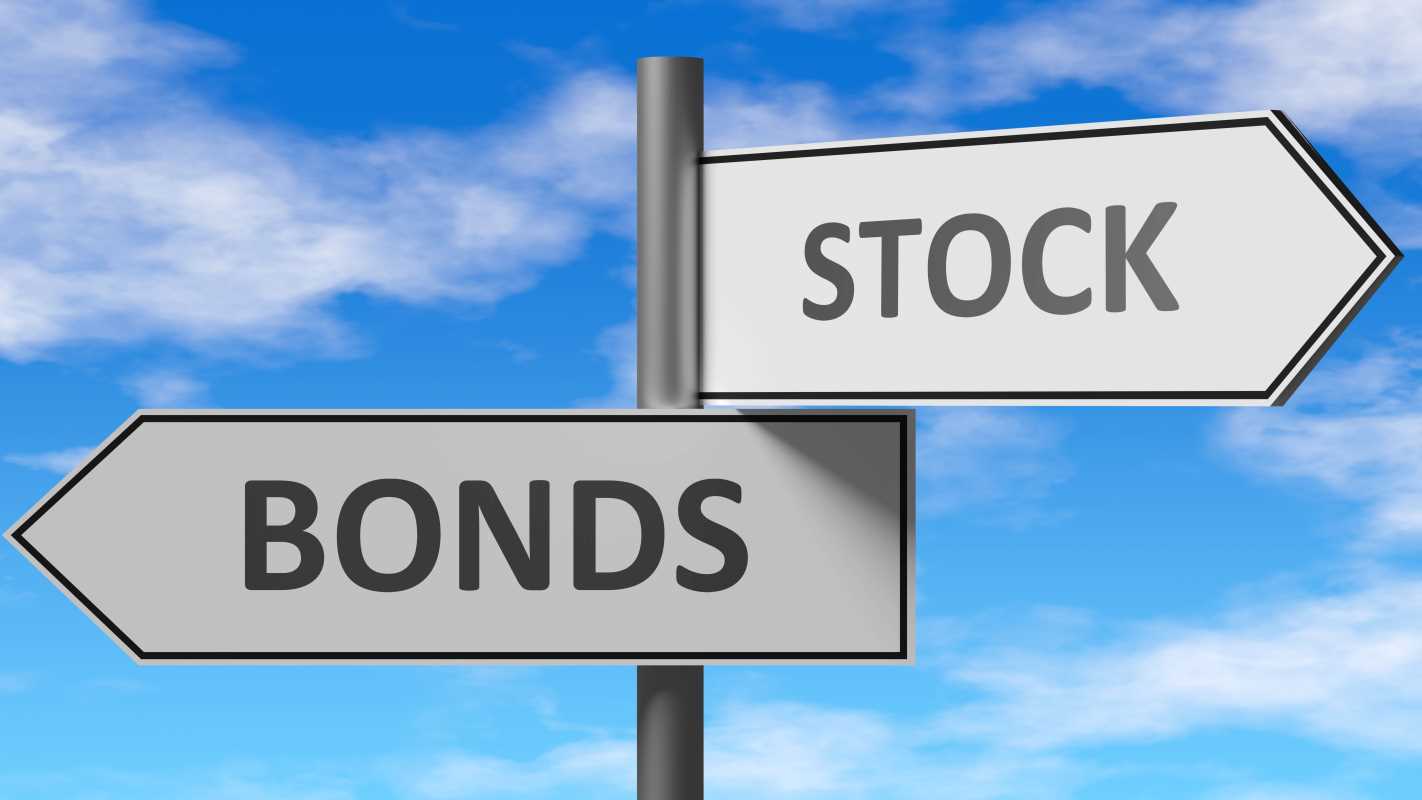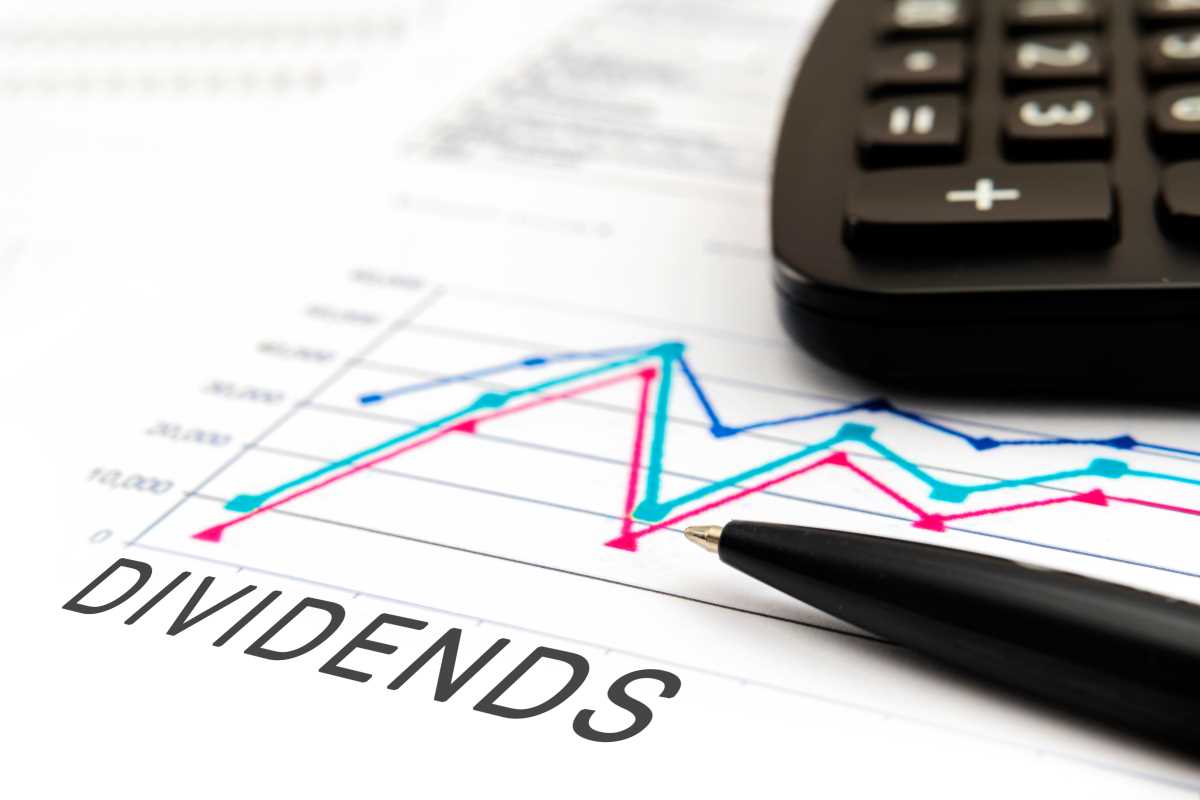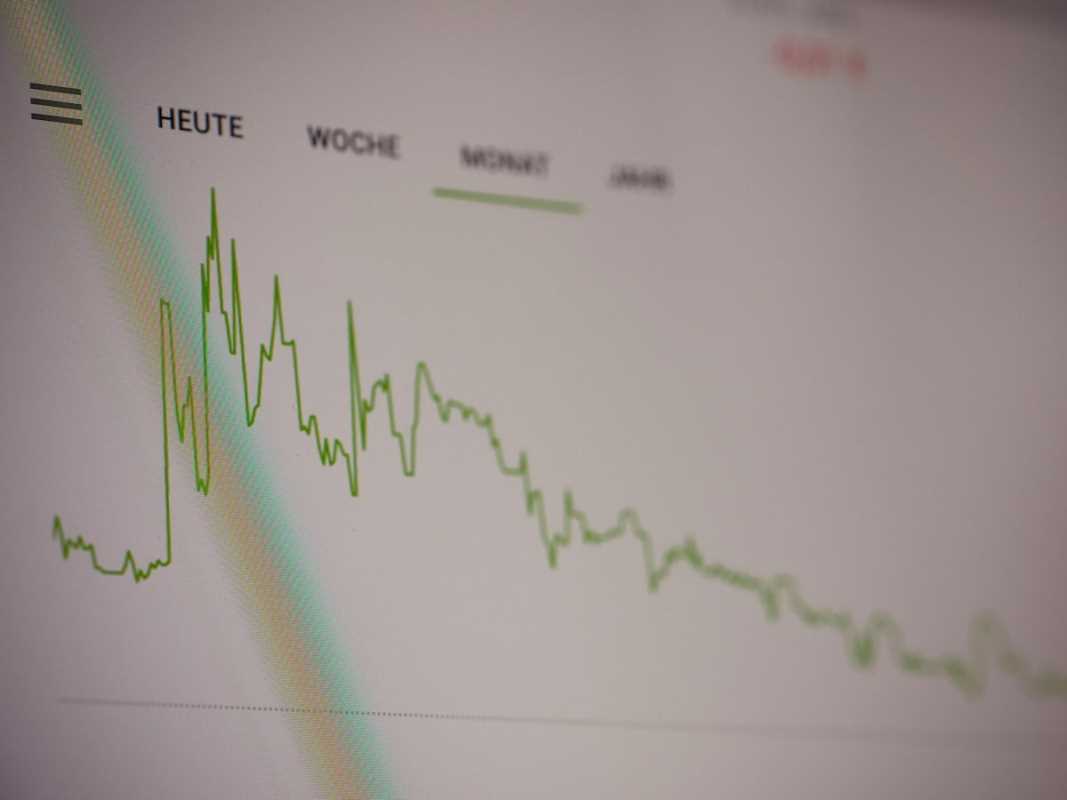You're saving for a down payment on a house, but you also want to make sure your retirement is on track. At the same time, you’re trying to build an emergency fund while maybe paying off student loans. Life is a juggling act, and your financial goals often feel like they’re competing against each other. It’s easy to get investment advice that’s one-size-fits-all, but your life isn’t generic. The way you invest should be as unique as your personal ambitions and timeline. This is where lifestyle-driven investing comes in. It’s a commonsense approach that aligns your money with your actual life, ensuring that your portfolio is built to support your dreams, both big and small, near and far.
What is Lifestyle-Driven Investing?
Lifestyle-driven investing is simply the practice of building and managing your investment portfolio based on your specific life goals and when you need the money to achieve them. Instead of just chasing the highest possible returns, you create a strategy that fits your reality. The first step is to map out your goals by their time horizon. Short-term goals are things you want to accomplish in the next one to three years, like saving for a vacation or a new car. Medium-term goals might be five to ten years away, such as a down payment on a home. Long-term goals, like retirement, are decades in the future. Each of these timelines requires a different investment approach.
Risk Tolerance vs. Risk Capacity
Before you can build a portfolio, it's important to understand two related but different ideas: risk tolerance and risk capacity. Risk tolerance is about your feelings. It's how much market volatility you can stomach emotionally without panicking and selling everything at the worst possible time. Are you someone who loses sleep when the market dips? You might have a lower risk tolerance. Risk capacity, however, is about your financial ability to take risks. A 25-year-old saving for retirement in 40 years has a high risk capacity because their timeline is long enough to recover from market downturns. A 60-year-old planning to retire in two years has a very low risk capacity. A successful portfolio considers both your emotional comfort and your financial reality.
The Core Building Blocks: Stocks, Bonds, and Cash
Most portfolios are built using a mix of three main asset classes: stocks, bonds, and cash. Stocks, or equities, represent ownership in a company. They offer the highest potential for long-term growth, but they also come with the most volatility. Bonds are essentially loans you make to a government or a corporation in exchange for regular interest payments. They are generally much more stable than stocks and provide income, but their growth potential is lower. Cash and cash equivalents, like high-yield savings accounts, are completely safe from market loss but will lose purchasing power to inflation over time. The right mix of these three ingredients depends entirely on your goals and timeline.
Adding Flavor with Diversifiers
To build a more resilient portfolio, it helps to look beyond the basic building blocks. Adding diversifiers can smooth out your returns because they don't always move in the same direction as the U.S. stock market. One popular way to diversify is through international stocks. Owning pieces of companies in Europe, Asia, and other emerging markets gives you exposure to global economic growth. Another powerful diversifier is real estate. While buying a physical property is a big commitment, you can easily invest in a basket of properties through real estate funds, giving you the benefits of property ownership without the landlord headaches. These additions can make your portfolio stronger over the long haul.
Setting Your Targets by Life Stage
Your ideal asset allocation, or the mix of stocks, bonds, and cash you hold, will change as you move through life. A young investor in their 20s with a long time horizon might have a very aggressive allocation, perhaps 90% in stocks and 10% in bonds. Their primary goal is growth, and they have plenty of time to recover from any market dips. Someone in their mid-40s who is saving for both retirement and their kids' college education might have a more moderate allocation, like 70% stocks and 30% bonds. As you approach retirement in your late 50s or 60s, your focus shifts from growth to preservation. Your allocation will become much more conservative, perhaps 40% stocks and 60% bonds, to protect what you’ve built.
Don’t Forget Your Emergency Fund
Before you even think about long-term investing, you need a solid financial foundation. This starts with an emergency fund. This is three to six months' worth of essential living expenses saved in a high-yield savings account where it is safe and easily accessible. This money is your buffer against life’s unexpected curveballs, like a job loss or a medical emergency. It prevents you from having to sell your long-term investments at a bad time to cover a short-term need. Think of it as the shock absorber for your entire financial life. Short-term savings goals, like that down payment, should also be kept in safer vehicles, not the stock market.
The Art of Rebalancing
Over time, your carefully chosen portfolio will drift away from its target allocation. If stocks have a great year, they might grow to represent a larger percentage of your portfolio than you intended, making you overexposed to risk. This is where rebalancing comes in. Rebalancing is the simple act of selling some of your winners and buying more of your underperforming assets to bring your portfolio back to its original target mix. You can do this on a set schedule, like once a year, or whenever your allocation drifts by a certain percentage. This disciplined process forces you to buy low and sell high and keeps your risk level in check.
A Quick Note on Tax Location
As your portfolio grows, it helps to be smart about where you hold different types of investments. This concept is called asset location. The general idea is to hold your least tax-efficient investments inside tax-advantaged retirement accounts, like a 401(k) or an IRA. These accounts allow your investments to grow without being taxed each year. Assets that are more tax-efficient, like index funds that don't generate a lot of taxable income, can be held in a regular taxable brokerage account. This strategy can reduce your tax bill over the long term, leaving more money to compound and grow for your future.
Common Mistakes to Avoid
One of the biggest mistakes investors make is chasing performance. This means piling into an investment that has recently done very well, often right before it is about to cool off. The opposite mistake is panic selling when the market drops. Another common error is taking too little risk, especially when you are young. Keeping too much money in cash for long-term goals like retirement means you are missing out on decades of potential growth from the stock market. The key is to create a plan that fits your lifestyle and then have the discipline to stick with it through good times and bad.
A Simple Plan to Build Your Portfolio
Getting started is not as hard as it sounds. First, write down your financial goals and their timelines. Second, assess your true risk tolerance and capacity. Third, open the right accounts, including an emergency fund and retirement accounts like a Roth IRA. Fourth, determine your target asset allocation based on your goals and age. Fifth, choose low-cost, broadly diversified index funds or ETFs to implement your allocation. Finally, set a calendar reminder to review and rebalance your portfolio once a year. By following these simple steps, you can create a portfolio that truly works for your life, giving you confidence and peace of mind on your financial journey.







